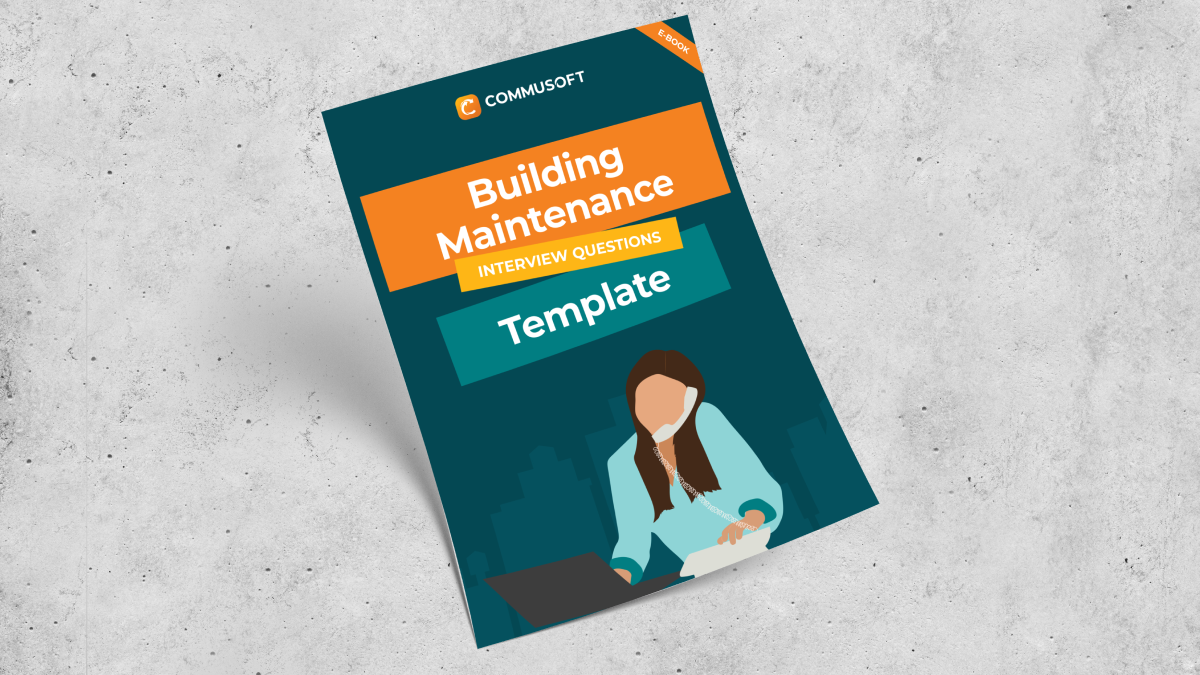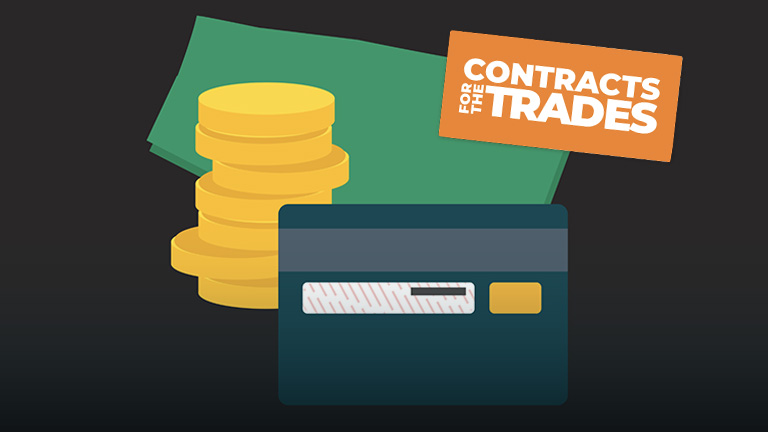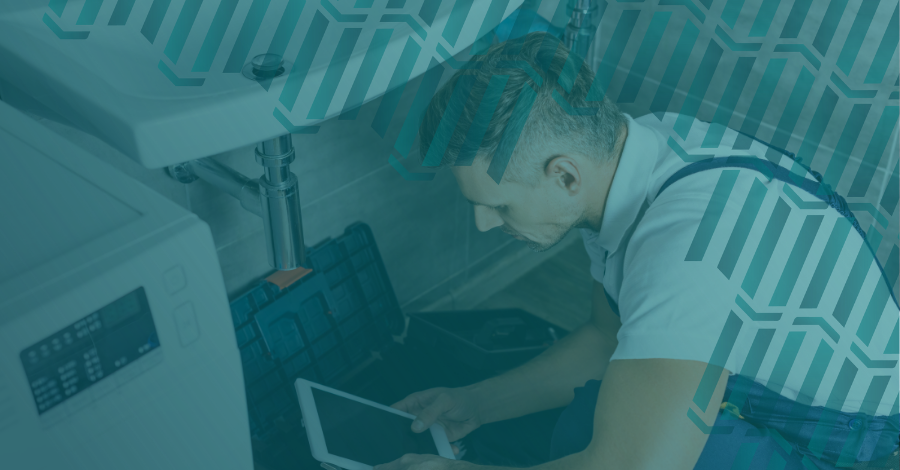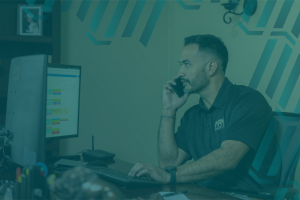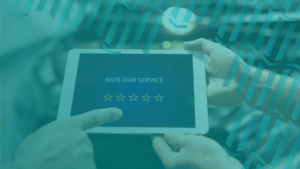Running a successful plumbing business involves more than just fixing pipes and solving leaks. It requires the proper management of various aspects, including the often overlooked but crucial task of invoicing.
Keep reading to learn how a plumbing invoice template can make a difference in your profits…
Each job is unique – so having the right plumbing invoice templates and sending out the right type of plumbing invoice is necessary for maintaining transparency, fostering client relationships, and getting paid on time.
In this blog, we will detail the intricacies of plumbing invoicing – exploring not only why you need different types of invoices but also providing practical tips for crafting and sending them.

Why You Need Different Plumbing Invoice Templates

As mentioned above, each work order you complete will differ from the last and a one-size-fits-all invoice won’t be sufficient for every job.
Start by making sure you have a plumbing invoice template for every scenario you might encounter to help create a smooth payment process.
Once your invoice database is established, use the tips below to help design your plumbing invoices further and increase their success rate.
Types of Plumbing Invoices You Need to Send
1. Invoice No Breakdown
The “Invoice No Breakdown” is a straightforward billing document that suits smaller plumbing jobs with one clear price.
In situations where the services rendered are easily summarized, a concise invoice without a detailed breakdown is usually all that is needed.
This type of invoice typically includes the total amount due, the service provided, and basic information such as the client’s name, service date, and payment details.
2. Invoice Breakdown
For larger plumbing projects that involve more than one task or product, the “Invoice Breakdown” is essential. This type of invoice provides a detailed breakdown of labor, materials, and any additional charges incurred during the job.
By itemizing each aspect of the service, you offer transparency to your clients, helping them understand the value they are receiving. This can minimize misunderstandings and disputes while showcasing the professionalism of your plumbing business.
3. Deposit Invoice
The “Deposit Invoice” is used when you require a payment upfront before starting a plumbing job. This type of invoice helps secure a commitment from the client and covers initial costs such as materials or scheduling labor.
Including clear information about the deposit amount, due date, and the remaining balance helps manage expectations and ensures that both parties are on the same page before work begins.
4. Consolidated Invoice
For clients with multiple ongoing plumbing projects, the “Consolidated Invoice” is a practical solution. Instead of sending separate invoices for each project, consolidate all charges into a single, comprehensive document.
This simplifies the billing process for both you and the client, providing a clear overview of all services rendered and their associated costs.
5. Contract Invoice Upfront
In cases where you are working on contractual plumbing projects, invoicing upfront is a strategic move. The “Contract Invoice Upfront” confirms that you receive payment before initiating the project.
This can be particularly beneficial for securing cash flow and maintaining financial stability throughout the duration of the project.
6. Recurring Billing Invoicing
For plumbing services that involve ongoing maintenance or contractual-based agreements, the “Recurring Billing Invoicing” system is one of the easiest ways to manage it.
Set up recurring invoices to automate the billing process, ensuring timely payments for your continued services. This type of invoice saves both time and effort, allowing you to focus on providing quality plumbing services rather than chasing payments.
7. Invoicing On-Site
The “Invoicing On-Site” approach involves generating invoices immediately after completing a plumbing job at the client’s location. This not only demonstrates professionalism but also expedites the payment process.
With all details fresh in mind, both you and the client can review the services provided, and the client can make payment promptly, minimizing the risk of delays or disputes.
8. Branded PDF Invoices
Aesthetics matter, and the “Branded PDF Invoices” add a professional touch to your plumbing business. Create customized and branded PDF invoices that incorporate your company logo, colors, and any other branding elements that you want to be known for.
This not only enhances your company’s image but also instills a sense of credibility and trust with your clients, making your plumbing business more memorable and reputable.
Tips for Sending Out Invoices
If you send out a request for payment and consistently don’t hear back from non-paying customers within the requested time frame – the problem could be with your invoice.
Your invoices must be properly personalized and formatted while also laying out the terms and conditions of the payment, and we’d consider that the bare minimum.
Use the tips below to make sure your invoices are the best looking they can be:
Include Essential Information
While this may seem like a no-brainer, sometimes you may be forgetting the most common aspects of a plumbing invoice.
Whether it’s the billing address or name of the client (trust us, we’ve seen it happen), every piece of essential information needs to be on the invoice.
At a bare minimum, this includes your business name, contact details, customer information, and a unique invoice number. Providing a clear and professional header sets the tone for a transparent transaction.
Clearly List Services
Make sure technicians keep a detailed log while on site in order to be able to break down the services provided in a detailed manner.
A clear and itemized list helps your clients understand the value they’re receiving and minimizes any potential disputes.
Be specific about the labor, materials, and any additional charges incurred during the plumbing job.
Provide Payment Instructions
Make the payment process as seamless as possible by providing clear payment instructions. Specify the due date, accepted payment methods, and any applicable late fees.
With plumbing software, you’ll have access to self-service solutions that greatly improve the customer experience and reduce the administrative workload.
Personalize Your Invoices
Adding a personal touch to your invoices can go a long way. Include a brief thank-you note or a personalized message expressing gratitude for their business.
This enhances customer satisfaction and is also a great time to ask for a review that you can showcase online.
When your invoices are digital, you can simply add a link or QR code that customers can use to pay the invoice and fill out the survey.
Offer Online Payments & Digital Signatures
Providing online payment options and the ability for digital signatures is now common practice. This not only speeds up the payment process but also adds a layer of security to your transactions.
Many clients appreciate the convenience of making payments and signing documents with just a few clicks.
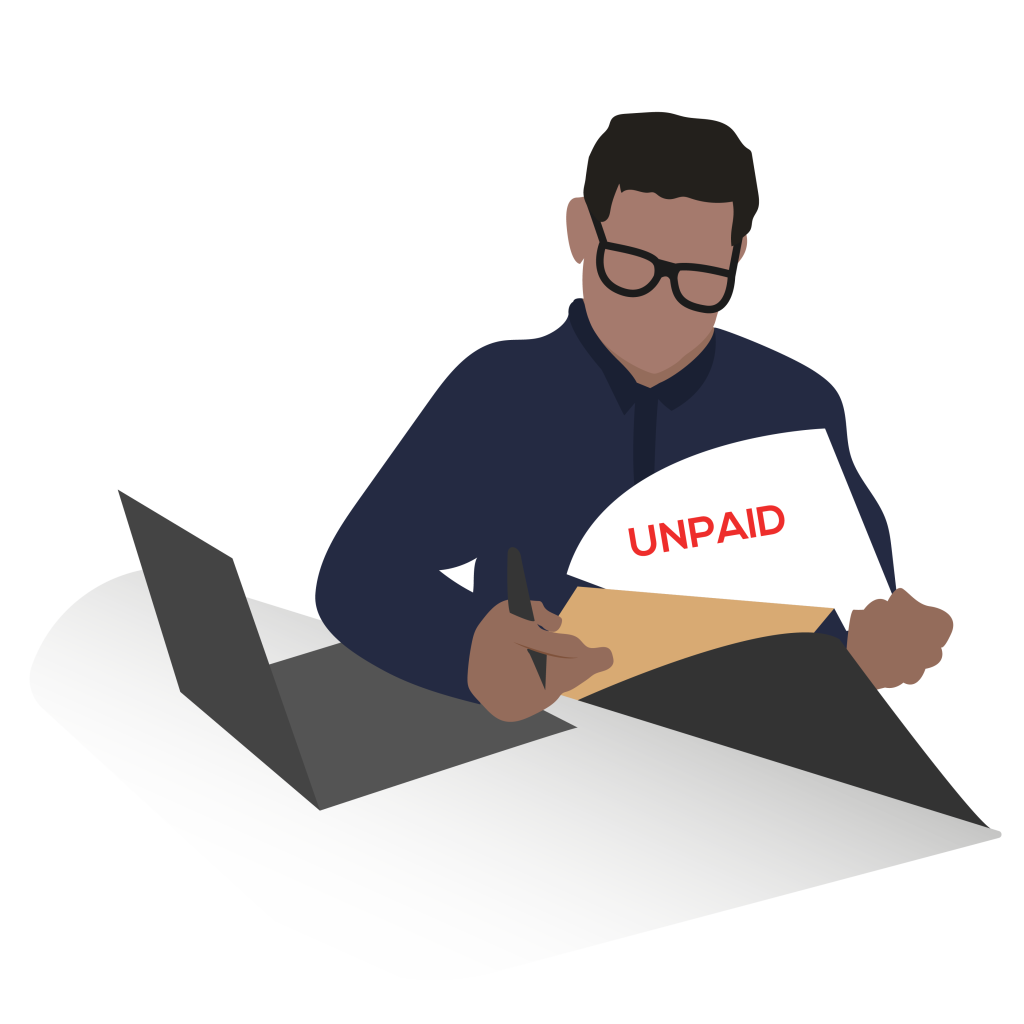
Set Payment Terms
Did you know that more than a third of invoices are paid late? That’s why laying out clear payment terms is vital for managing cash flow.
Whether it’s net 15, net 30, or any other arrangement, align the payment terms with your business needs to maintain a steady cash flow and revenue stream.
Offer Multiple Payment Options
Last but not least, diversify your payment options to accommodate all client preferences.
Credit cards, bank transfers, and online payment platforms are the most common choices, but some customers still prefer paying with traditional methods.
Providing flexibility can make it easier for clients to fulfill their financial obligations promptly.
Start Sending Better Invoices Today!
By using the right templates, incorporating the tips mentioned above, and utilizing invoicing software that automates the process, you can streamline your transactions and get paid on time, every time.

Anthony Vattimo
Thanks for checking out the Commusoft blog - I’ve been helping business owners improve their strategies for a few years now, so I hope you were able to take something away from the content I’ve written. Feel free to continue exploring the blog - or reach out to us with any questions!

